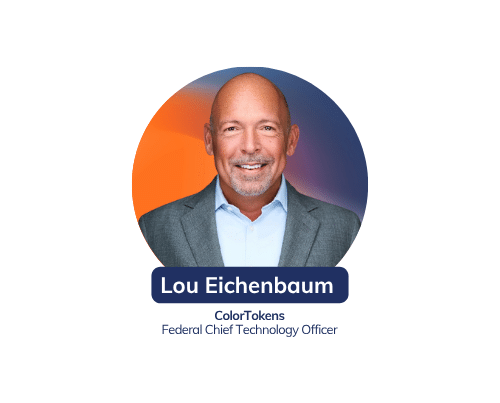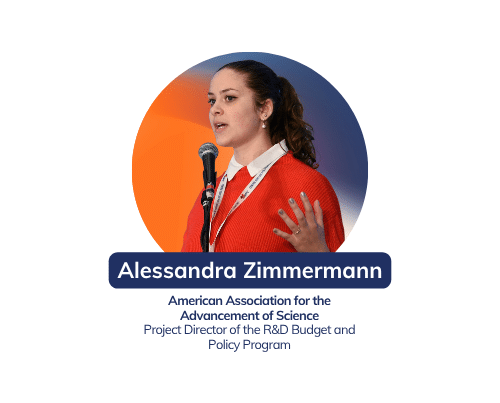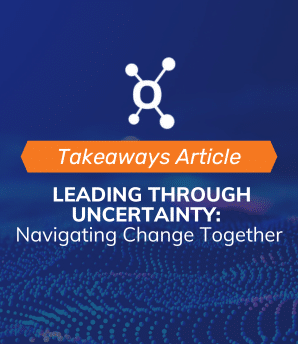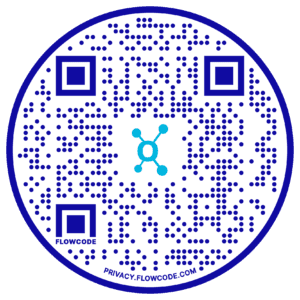
Rebecca Prozan
March is recognized as Women’s History Month to honor women’s contributions in United States history. In November 1916, Jeannette Rankin became the first woman elected to Congress and the first to pave the way for women in politics.
This month offers an opportunity to provide insight into the exceptional government affairs roles of women in the private sector. Since the beginning of the COVID-19 pandemic, Leadership Connect has tracked 304 prominent government affairs-related women hires. Of those appointments, 41% are company hires, 18% are from nonprofits and associations, and 41% are from law and lobbying firms. Since 2016, there has been a positive trend in the number of women joining and leading the government affairs space than years prior. With the call to action for diversity and equity in the federal space, the trend will likely continue to expand the need for government affairs hires in the private sector as well.
Women in corporate government affairs are on the rise.
Looking at historical data trends tracked by Leadership Connect, women in corporate government affairs began to significantly increase since the end of 2017, by fivefold.
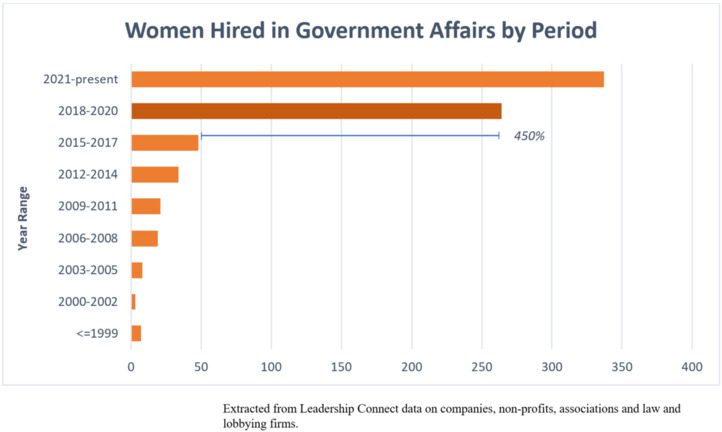
Looking at the recent hiring trends for men during the pandemic, there is still a large gender disparity. Leadership Connect’s overall historical data records show 65% of men work in a job focus of government affairs compared to 35% of women.
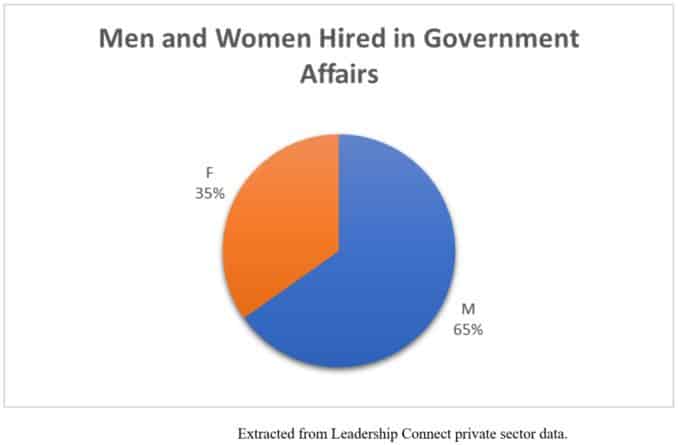
Notable roles within the public and private sector.
Starting in the peak of the pandemic 2020, several senior-level government affairs hires were made in the private sector with more than 200 hires for women alone. These hires were mostly drawn from a previous career working in the public sector. Notable hires in the last two years include:
| Current Role | Previous Career |
| Shannon Hines
Senior Vice President, Government Affairs and Washington Operations – Textron Inc. |
Former Staff Director and Clerk, Committee on Appropriations |
| Natalee Binkholder
Senior Vice President, Government Relations and Public Policy – Santander Holdings USA Inc. |
Former Chief of Staff, United States House of Representatives for Mick Mulvaney (R-SC) |
| Ayesha Khanna Molino
Senior Vice President, Public Affairs – MGM Resorts International |
Former Chief Counsel, United States Senate, U.S. Senator Harry Reid (D-NV) |
| Lisette Morton
Senior Vice President, Public Policy and Governmental Affairs – Sony Music Entertainment Inc. |
Former Director of Policy, Planning, and Member Services, Committee on the Judiciary [House of Representatives]
|
| Nida Zaman
Senior Vice President and Director, Federal Government Relations – Wells Fargo & Co. |
Former Legislative Assistant, Office of Representative John P. Sarbanes (D-MD, 3)
|
| Shelly O’Neill Stoneman
Senior Vice President, Government Relations – BAE Systems Inc. |
Former Special Assistant and White House Liaison, Office of the Secretary of Defense
|
The addition women advocates in government-focused careers evolved significantly, including one of the most impactful career changes: the Biden Administration’s historic female appointment of Vice President Kamala Harris. Harris currently holds the distinction of being the highest-level of elected woman in the U.S. A notable corporate government affairs role in connection to Harris is Rebecca Prozan. Like her old boss, Prozan is leading our Movers & Shakers in the tech space by her pivotal move to Google’s West Coast government affairs team. Prozan is currently proactive in the diversity, equity, and inclusion space as part of the board of directors for the LGBTQ Victory Institute.
The real question is, with all this movement made by women leaders within the private sector, “Is it possible to achieve full or near perfect gender parity in this field?” It’s possible, given that hiring data trends have been progressing each year and there’s been an increase of women in key leadership roles. Additionally, the calling to action for bold policies and structural changes on diversity and equity issues provides an undercurrent for real change. Given these trends, a hopeful inference from the data would be for government affairs to achieve a 50-50 gender parity in the next few decades, or possibly much sooner.



